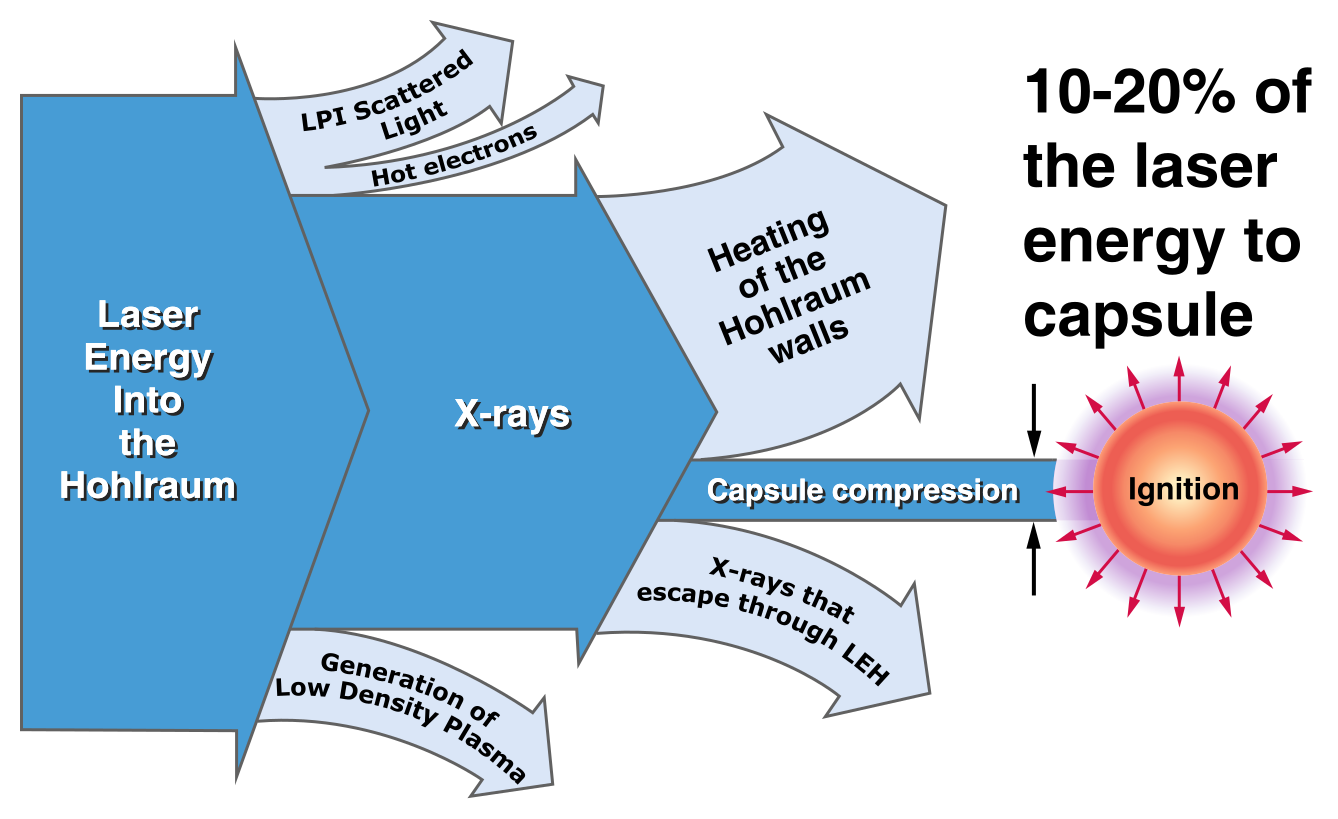An ode to scientifically literate politicians

On December 6th the Miller Institute had its annual fall dinner and I was asked to introduce the invited speaker, John Holdren. From January 2009 until the end of the Obama administration, Prof. Holdren worked as Science Advisor to the President and as the Director of the White House Office of Science and Technology Policy.
His talk detailed how the role of Science Advisor intersected with the White House and other governmental bodies in the Obama administration and ended with some practical advice on how scientists can become engaged in the political process.
But I think his most interesting anecdotes were shared at the dinner table rather than at the podium.
He told one story about how he was called in to speak with President Obama about NIF, an experimental program to build a stable fusion reactor. A congressman had met with the President to advocate for increased funding for the facility. He argued that the program had reached “breakeven”–the point where the energy produced by the reactor matched the energy put in, an important breakthrough. And thus with some X-amount increase in funding, they’d produce a stable reactor within 10 years.
Holdren explained that the NIF reactor was triggered by a >1 MJ laser, of which only roughly 10 kJ reached the fusion fuel pellet. The system was finally outputting a little over this amount.

President Obama apparently understood immediately, and–this is the part that Holdren emphasized–Obama then proceeded with some insightful follow up questions. Especially for a non-scientist.
What is the repetition rate of the laser? (1-2 times per day. 10+ times per day are needed for viability.)
What is the cost of each fuel pellet?
Etc.
Once the conversation wound down and Holdren prepared to depart, Obama asked “one more thing” and the conversation took a 180 degree turn. The President launched into questioning whether the US was doing enough about the honey bee situation. (Colony Collapse Disorder, in which bee populations are plummeting under mysterious circumstances, has been an ongoing, worrying crisis since about 2007.)

Holdren chuckled relating this, emphasizing how nice it was that the President was so well-informed about such a wide variety of topics. Apparently before Obama it had been policy not to bring the President any memos longer than two pages. On one early memo, Obama had scrawled “Where’s the rest of it?” and that policy went out the window. According to Holdren, in meetings he would launch into questioning and commenting on details of 10+-page long memos he had read the night before, without any notes in front of him.
Incidentally, that conversation about the honey bees eventually led to action: the development of the Pollinator Health Task Force. While losses of honey bees have stabilized over the last few years, the crisis still continues.
What this country vitally needs is politicians who understand the science and technology landscape that underpins our nation’s economy. After Trump’s election, many scientists are taking up the call. The PAC 314 Action is dedicated to electing STEM professionals to office and is endorsing candidates in several elections.
Check out their website to see profiles of some of the candidates.
One Reply to “An ode to scientifically literate politicians”